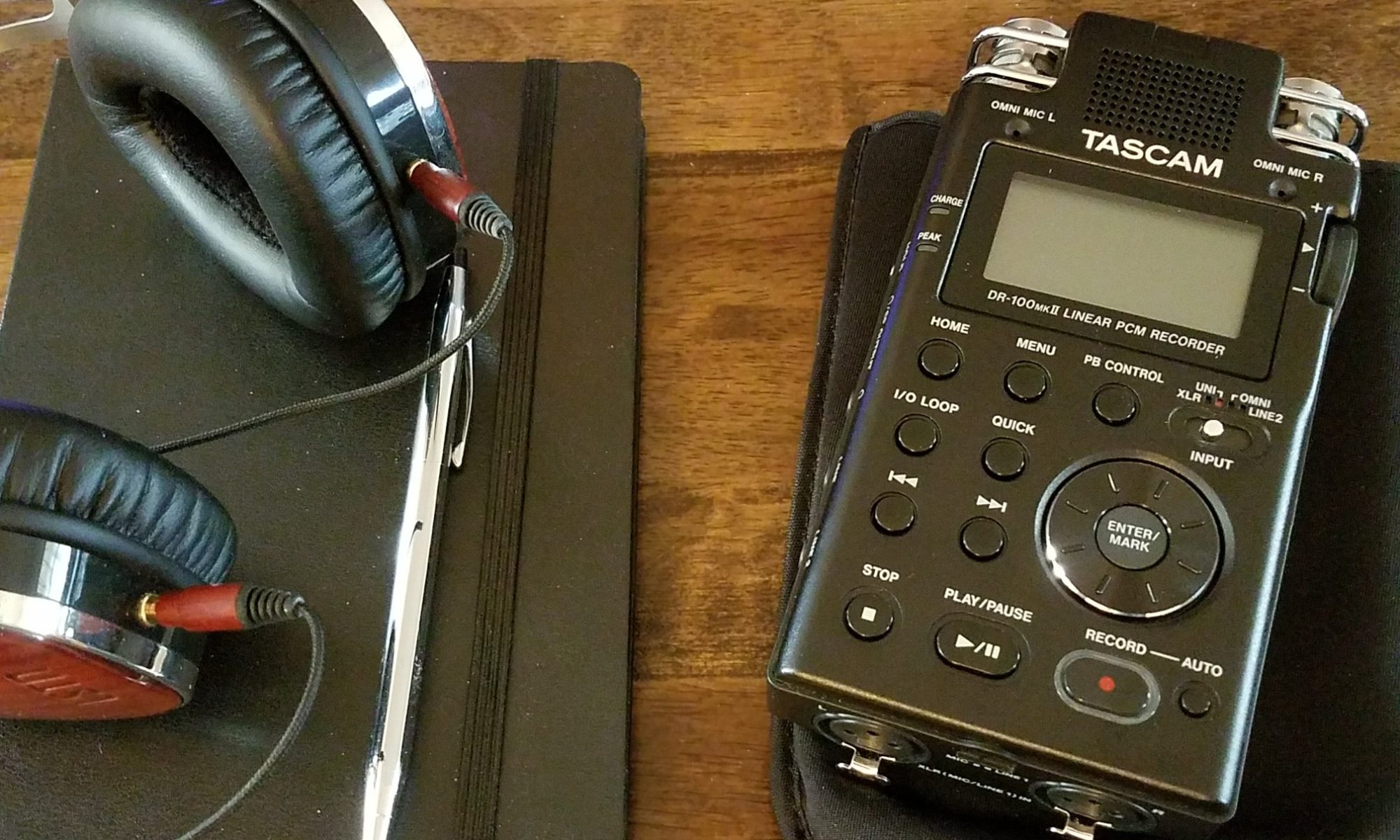The Seattlepi posted a list of excerpts from yesterday’s United Nation report on Darfur. They include:
Today, millions are displaced, at least 200,000 are dead, and conflict and abuse are spilling over the border into Chad. Making matters worse, humanitarian space continues to shrink, and humanitarian and human rights actors are increasingly targeted. Killing of civilians remains widespread, including in large-scale attacks. Rape and sexual violence are widespread and systematic. Torture continues. Arbitrary arrest and detention are common, as is repression of political dissent, and arbitrary restrictions on political freedoms. Violations of human rights and international humanitarian law have increased by all parties to the conflict since the signing of the DPA (Darfur Peace Agreement). The deteriorating security situation since the DPA has resulted in tens of thousands of newly displaced – now totaling well over 2 million displaced people in Darfur – and 30,000 more refugees in the camps in Chad, with new arrivals daily. Today, the conflict is also having a growing impact in the Central African Republic. If the conflict in Darfur is not meaningfully and equitably resolved, bringing peace and security to its people, it could increasingly engulf the region. U.N. Secretary-General Ban Ki-moon has called for a peacekeeping force along both borders. Arbitrary arrest and detention in Darfur by government security forces continue. Individuals reportedly targeted include lawyers, community leaders and others who work on human rights, Sudanese who work for international organizations or who are perceived as cooperating too closely with the international community, individuals who share the predominant ethnicities of various rebel groups, and Sudanese who display opposition political views. Since September 2006, there has been a wave of arrests of Darfurians in Khartoum. The human rights team “has also received credible information of torture, inhumane and degrading treatment by National Security and Military Intelligence during attacks and in the treatment of detainees. The methods used include beatings with whips, sticks and gun butts, prolonged sun exposure, starvation, electrocution, and burning with hot candle wax or molten plastic. Many detainees are held incommunicado without charge or access to a lawyer. In the last six months of 2006, more relief workers were killed than in the previous two years combined. Just during the month of December 2006, 29 humanitarian vehicles were hijacked and 430 humanitarian workers relocated in all three Darfur states. Witnesses, victims and observers we met repeatedly confirmed joint action between government forces and armed militia in assaulting civilian targets in Darfur. Arms continue to flow freely, and heavily armed militia continue to operate across the territory of Darfur with impunity. Rebel abuses of human rights and humanitarian law also continue…Civilians have been targeted in armed rebel attacks, and acts of rape and torture by rebel forces have also been documented. There have been reports of attacks on aid convoys by rebel forces, putting the populations in these areas in a particularly precarious situation. The Commission also found credible evidence that, while not widespread and systematic, rebel forces from the JEM (Justice and Equality Movement) and SLA (Sudan Liberation Army) were responsible for serious violations of human rights and humanitarian law which may amount to war crimes. The situation is characterized by gross and systematic violations of human rights and grave breaches of international humanitarian law. War crimes and crimes against humanity continue across the region…The principal pattern is one of a violent counterinsurgency campaign waged by the government of the Sudan in concert with Janjaweed militia, and targeting mostly civilians. Rebel forces are also guilty of serious abuses of human rights and violations of humanitarian law. The mission further concludes that the government of the Sudan has manifestly failed to protect the population of Darfur from large-scale international crimes, and has itself orchestrated and participated in these crimes. The government of the Sudan should cooperate fully in the deployment of the proposed U.N./AU peacekeeping/protection force without further delay. The Security Council should take urgent further action to ensure the effective protection of the civilian population of Darfur, including through the deployment of the proposed U.N./AU peacekeeping/protection force and full cooperation with and support for the work of the International Criminal Court. The General Assembly of the United Nations should request the compilation of a list of foreign companies that have an adverse impact on the situation of human rights in Darfur. U.N. member states “should also be prepared to prosecute individuals suspected of committing war crimes and crimes against humanity in Darfur through the exercise of universal jurisdiction in national courts outside of the Sudan.

 As someone who studies genocide professionally, I can tell you there’s no modern case of ethnic conflict that’s harder to understand, particularly for Westerners, than the current crisis in Darfur. At the onset, the western press was billing the violence as religious based, or merely as spill-over from the years long Civil War in South Sudan. As the government began enlisting the aid of janjaweed militia to fight armed rebels, it became increasingly hard to understand exactly who was fighting who and why.
As someone who studies genocide professionally, I can tell you there’s no modern case of ethnic conflict that’s harder to understand, particularly for Westerners, than the current crisis in Darfur. At the onset, the western press was billing the violence as religious based, or merely as spill-over from the years long Civil War in South Sudan. As the government began enlisting the aid of janjaweed militia to fight armed rebels, it became increasingly hard to understand exactly who was fighting who and why.